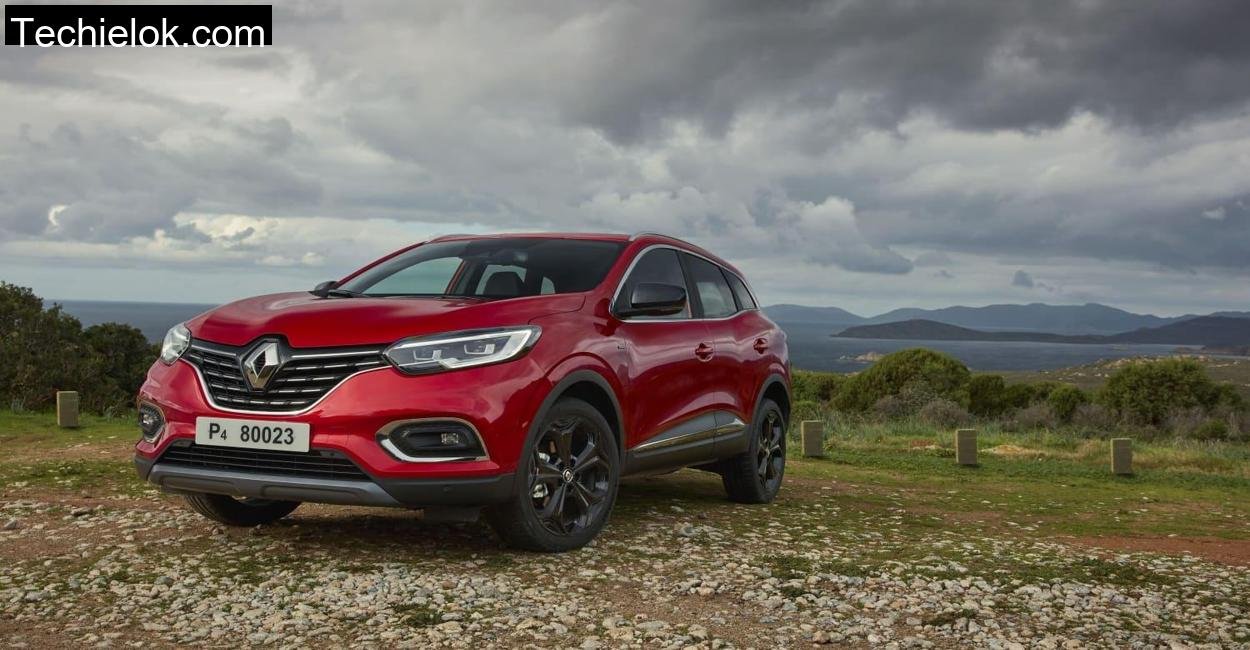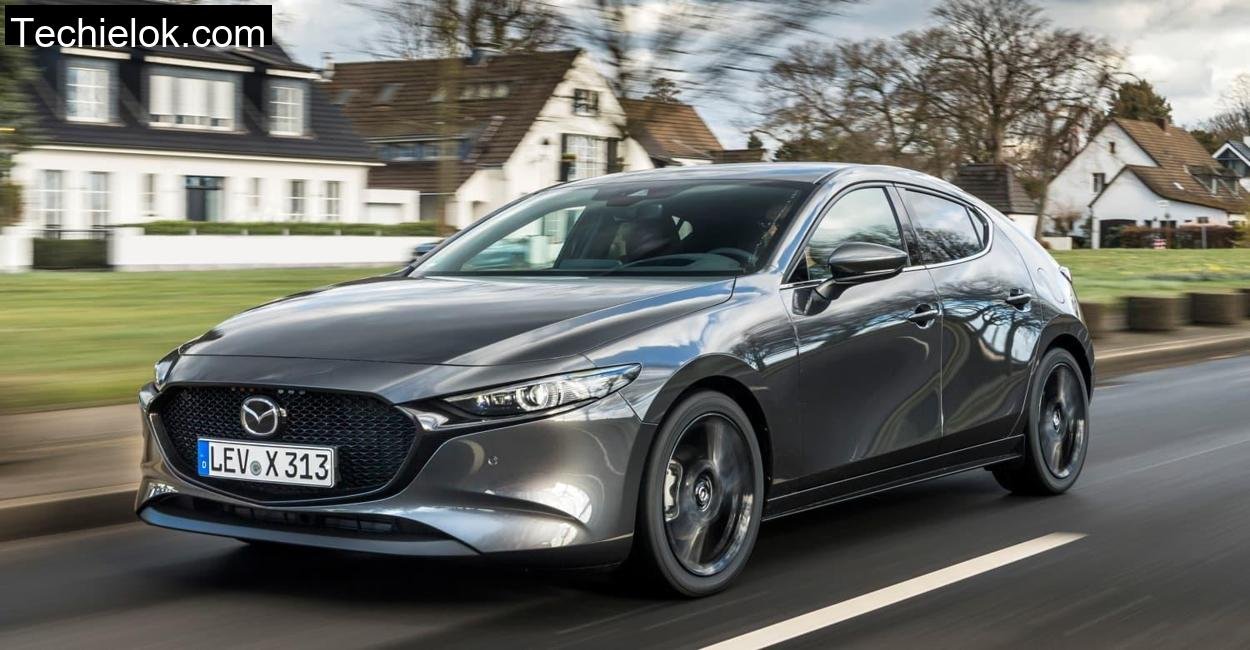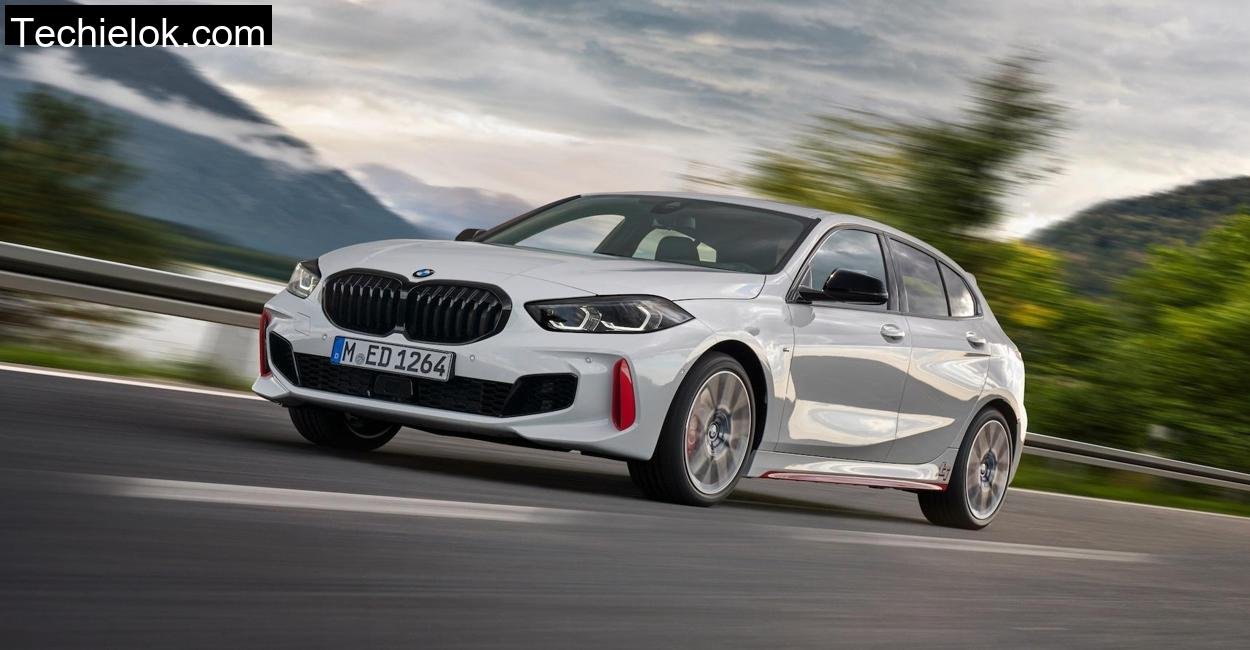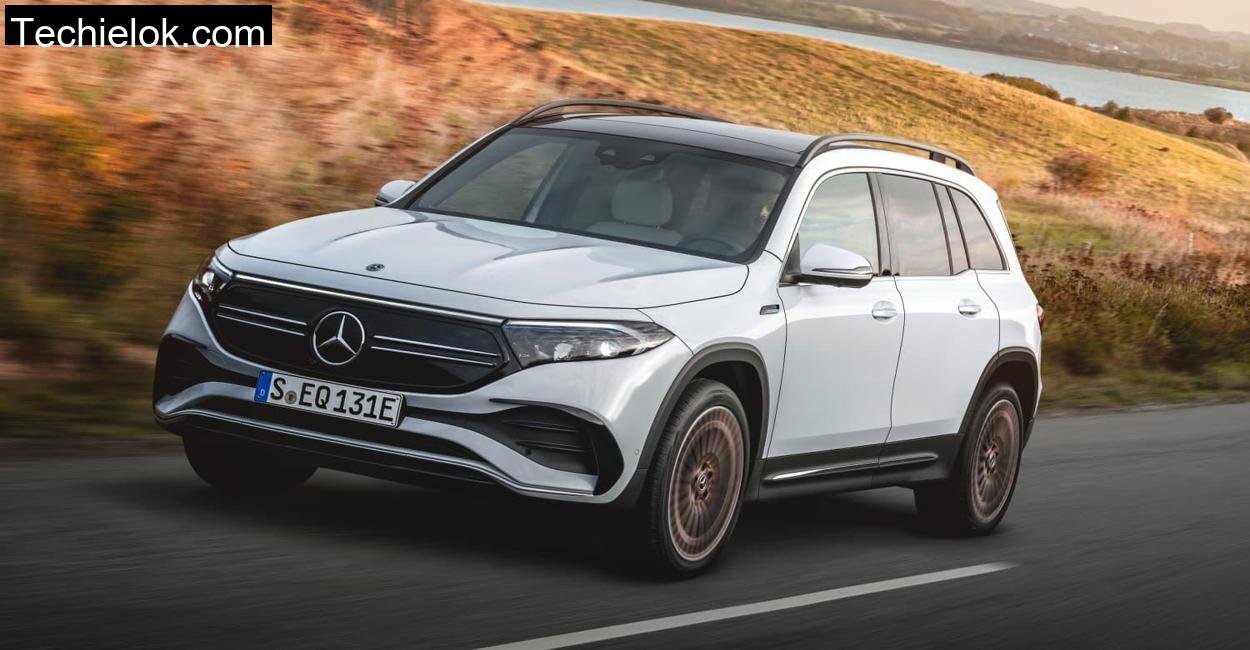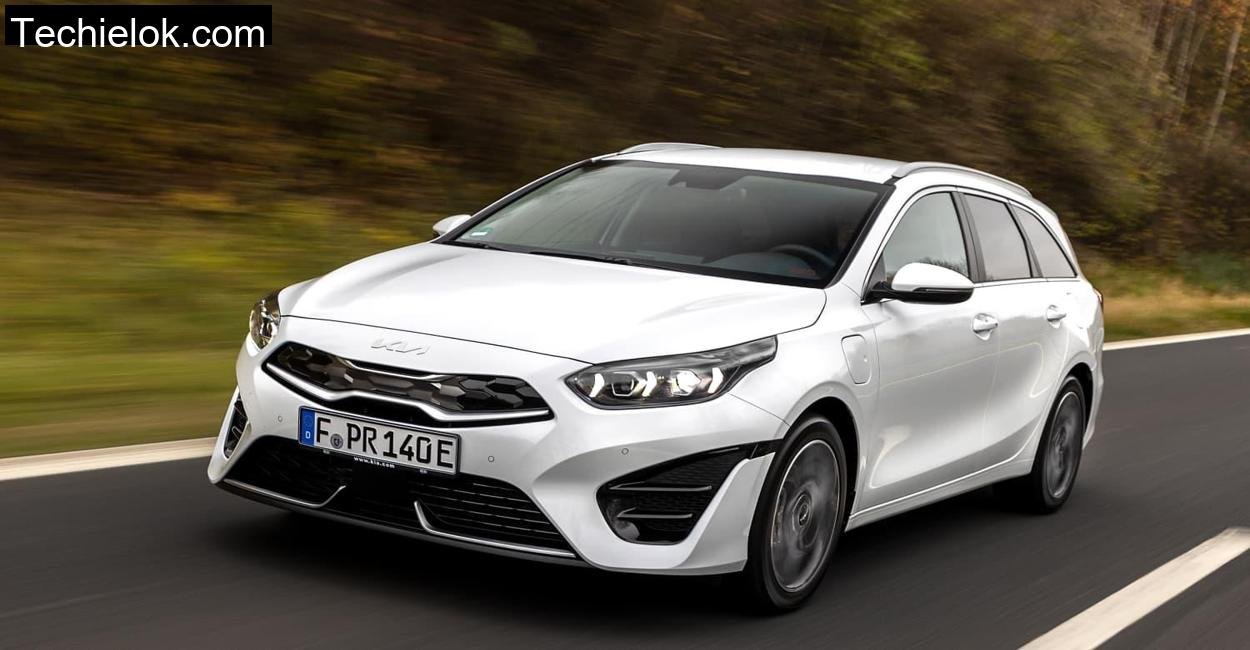There are places where cars either shine or get exposed, and the Drawehn, an undulating stretch of ancient ridges and heather in northern Germany, is one of them. With its mix of winding country roads, short elevation bursts, loose gravel passes and open stretches flanked by wind, bent trees, the Drawehn is a proper litmus test for any crossover that claims to offer a blend of urban comfort and countryside capability. That’s where I took the 2022 Renault Kadjar TCe 160 Black Edition for a few solid days of driving, and let me tell you, it had things to prove.
The Kadjar, which served as Renault’s answer to the VW Tiguan and the Nissan Qashqai, its half, brother under the Renault, Nissan Alliance, has now been officially replaced by the Austral. But in the used car market, the Kadjar is very much alive. And especially in its later 2020, 2022 guise with the updated engines, sharper looks and matured electronics, it’s still a relevant SUV. The question was: how does it feel in the real world? Does it offer the “invisible value” you only notice after a week of muddy boots, long stretches, fuel bills and parking in village squares?
Let’s dive into what the Kadjar does right, where it falls short, and why it might just be an underrated pick for anyone still browsing the compact SUV aisle.
Looks Good, Feels Familiar
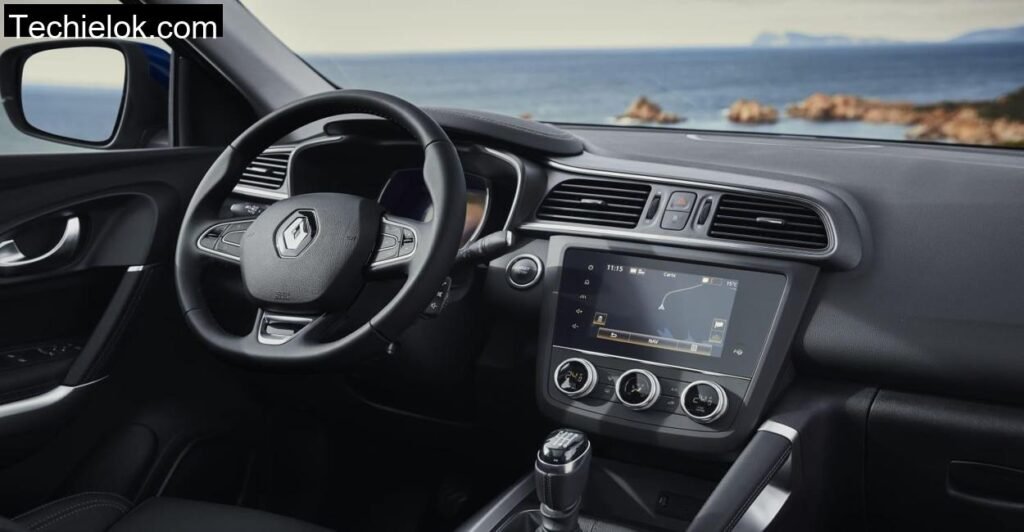
I’ll admit, the red Kadjar with black trim details and the 19, inch wheels looked the part as it stood against a mossy forest backdrop near Lüchow. Even with the relatively minor facelift in 2019, Renault gave it just enough chrome on the grille, just enough muscularity in the bumpers, and a handsome LED headlight signature that doesn’t scream but asserts itself. It’s not flamboyant like a Peugeot 3008, nor as conservative as a VW Tiguan, but somewhere in between. It stands with confidence.
The interior doesn’t immediately wow you, but it doesn’t disappoint either. Everything inside, from the 7, inch touchscreen to the new ambient lighting, USB ports in the rear, and neat cupholders, feels like it belongs. It’s a cabin designed to be used, not photographed. I missed a volume knob, I’ll be honest. And the climate controls could’ve used better tactile definition. But it’s a practical place, especially if you appreciate French flair dialed down just a notch.
There’s ample space for four adults. I’m six feet tall and had generous legroom front and back. The seats are at a great height off the ground, which makes getting in and out especially easy after a long hike near Nemitzer Heide. The 472, liter boot swallowed two trekking backpacks, a box of firewood, and still had room for a tripod case. Fold down the seats and you get over 1,400 liters, which came in handy when I transported a second, hand bicycle from Uelzen.
Engine with Punch, Transmission with Mood Swings
Under the bonnet sits the same 1.3, litre four, cylinder turbocharged petrol unit co, developed with Daimler. In this TCe 160 variant, it makes 158 hp and 270 Nm of torque, paired to a seven, speed dual, clutch transmission. On paper, that sounds like a good match.
In the real world, it mostly is. Mostly.
When I took the Kadjar up the hilly Sohlhöhe near Clenze, the engine performed well. It climbs without groaning, revs cleanly, and doesn’t get too shouty unless you push it beyond 4,000 rpm. I could feel the torque swell early and keep the car comfortably cruising at 90 km/h on slight inclines.
But the dual, clutch transmission is a little too clever for its own good. In normal conditions, it shifts smoothly and doesn’t hunt much. But press the throttle a bit more aggressively, say, to overtake a tractor on a narrow stretch, and it hesitates, downshifts abruptly, and launches the car with an awkward jolt. It’s not dramatic, just…unpolished.
In slower village driving, it behaves well. It’s when you’re in a rush or facing unpredictable terrain that you wish it were a bit more composed. I found myself adapting my driving to make it comfortable, instead of the other way around.
Fuel Consumption and Ride Quality: Acceptable, Not Exceptional
Over my 400, kilometre trip in the Drawehn, including a mix of autobahn sections, B, roads and loose forestry paths, the Kadjar averaged 7.3 liters per 100 kilometers. That’s close to ADAC’s 7.1 L figure, and it’s acceptable for a non, hybrid SUV of this size. You’ll get better economy from a diesel, sure, but the petrol engine is cleaner and quieter, and unless you tow regularly, the TCe 160 won’t let you down.
Ride comfort was a pleasant surprise. The suspension setup absorbs most road imperfections well. On gravel and forest paths, it didn’t jiggle like some stiffer competitors (hello, Ford Kuga). It felt planted but not overly soft, the body roll in corners was well, controlled, and on long stretches near Gartow, it was as stable and relaxing as you’d want from a family SUV.
That said, handling isn’t a Kadjar specialty. The steering is vague and light, which is fine for cities but unengaging on winding rural roads. When cornering briskly, you feel the front, wheel drive layout working hard, and the electronic stability system waits just a bit too long to correct any skittishness. It’s not a sporty crossover. It’s calm, predictable, and occasionally floaty.
Safety Tech and Equipment: Better at the Top
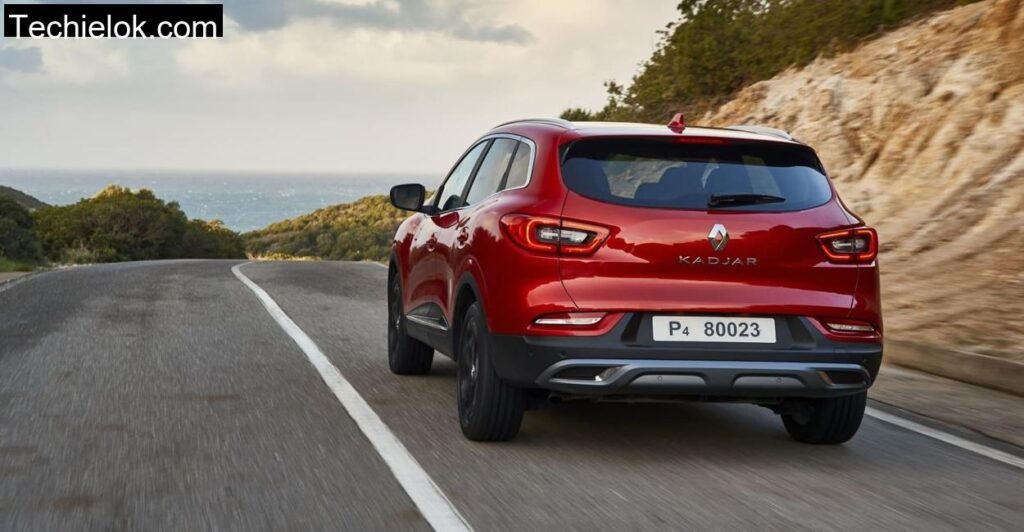
Here’s where the Kadjar drops the ball slightly. In base trims like Zen, you don’t get adaptive cruise control or lane, keep assist unless you pay extra. The model I tested was the Black Edition, so it came better equipped, with blind, spot monitoring, auto emergency braking, and a decent camera system, but it’s baffling that such features are omitted in lower variants.
Nissan Qashqai had already moved ahead with more driver aids at this point, including semi, autonomous traffic jam assistance, which the Kadjar completely misses. Even things like road sign recognition feel like a luxury rather than a standard tool in the Kadjar world.
Still, in everyday driving, you can get by just fine. The LED headlights are strong, the mirrors large, and the blind spot warning works accurately. But if you’re a safety tech junkie, you’ll have to go up the trim ladder, or look elsewhere.
Living With the Kadjar: The Honest Bits
After a few days of back, and, forth along the Lüneburg Heath edge, plus a wet early morning grocery run to Lüchow’s Edeka, I had formed a pretty solid opinion about the Kadjar: It’s a car that tries to do everything… and mostly succeeds, but never excels.
It didn’t make me smile the way a Mazda CX, 5 might. It didn’t offer the clever modularity of a Skoda Karoq. But it had a certain French humility to it, practical, polite, and pleasing enough for daily life. It’s a car you’d recommend to someone who wants “something comfortable, not too flashy, and reasonably priced.”
It’s also a good used buy. The engine is robust, the interior has aged well, and unless you want cutting, edge tech or all, wheel drive, it’ll serve you reliably.
Technical Specifications
Renault’s official site is our real-time source for all technical details to ensure complete reliability.
| Specification | Detail |
| Engine Type | 1.3L 4, cylinder turbocharged petrol |
| Displacement | 1,332 cc |
| Power | 158 hp (116 kW) |
| Torque | 270 Nm |
| Transmission | 7, speed dual, clutch automatic |
| Drive Type | Front, wheel drive |
| 0, 100 km/h | 9.3 seconds |
| Top Speed | 205 km/h |
| Fuel Consumption (Tested) | 7.1 L/100 km |
| CO₂ Emissions (WLTP) | 140 g/km |
| Boot Volume (Standard) | 472 liters |
| Boot Volume (Seats Folded) | 1,478 liters |
| Length x Width x Height | 4,489 mm x 1,836 mm x 1,617 mm |
| Towing Capacity (Braked) | 1,500 kg |
| Empty Weight | 1,416 kg |
| Payload | 504 kg |
| Base Price (Black Edition, 2022) | €39,600 |
Conclusion: The Quiet Competent Choice
The Renault Kadjar might not have ended its life with fireworks, but it bowed out with dignity. In the Drawehn, it proved itself a capable and unpretentious companion, one that didn’t ask much from me, didn’t surprise me much, but never let me down. It looks good, drives comfortably, and in TCe 160 guise, offers enough performance for any kind of real, world driving.
If you’re shopping used and don’t need to follow the crowd, the Kadjar is worth a look. Just skip the lower trims and get one with the tech package, and maybe avoid the dual, clutch if you’re not into transmission quirks.
How is the Kadjar different from the Nissan Qashqai?
The Kadjar shares many components but has different styling and slightly different tuning. The Qashqai tends to offer more tech in the same year range.
Is the TCe 160 engine of Renault Kadjar enough for highway driving?
Absolutely. It cruises at 130 km/h without stress and has enough torque to overtake with ease, despite the DCT sometimes hesitating.
Is the Renault Kadjar still a good buy in 2025?
Yes, especially if you find a well, maintained 2020, 2022 model. It’s reliable, comfortable, and still modern enough for daily use.
